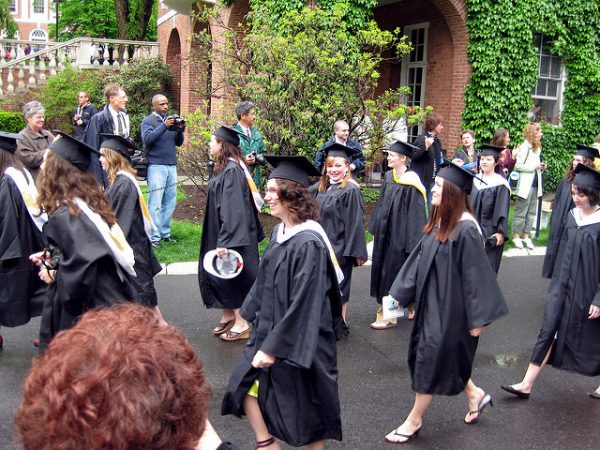
The emergence of women’s colleges in the U.S. was an important historical challenge to ideas about women’s intellectual inferiority to men. While the number of women’s colleges has declined significantly in the last half century, in 2014 there were still approximately 50 women’s colleges in operation. Recently, with the increased visibility of transgender identities, women’s colleges face a dilemma: How do they determine who counts as a woman?
Researchers Megan Nanney and David Brunsma investigated how women’s colleges determine students’ genders through an analysis of student newspapers and nine trans admittance policies at women’s colleges in the U.S. Through their analysis, they demonstrate how women’s colleges are not only structured by gender, they play an active role in actually constructing gender.
Within the student newspapers examined, the debate between inclusion and tradition was apparent. Actors within the colleges balanced the need to stay true to their values and missions related to creating a “community of women,” while also recognizing gender as a social construct and wanting to be inclusive of non-normative gender identities. The analysis of admittance policies revealed a wide range of criteria for determining a student’s gender based on biological sex, legal documentation, and identity. For instance, a student who was assigned female sex at birth but now identifies as genderqueer was included at some colleges, but excluded from others.
So, while all of the colleges were actively constructing what it means to be a woman, definitions did not always align between the schools. This misalignment highlights that womanhood itself is constructed, and the ways the category of “woman” is applied is, according to the researchers, “neither static nor natural.”

Comments